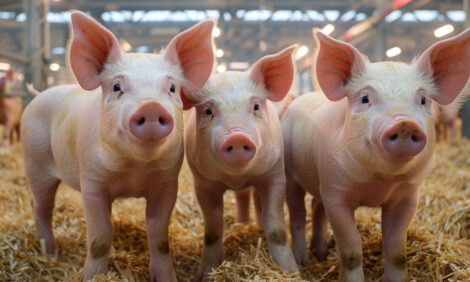



AASV 2020: understanding pelvic organ prolapse and sow longevity
New research helps explain why pelvic organ prolapses occur and how they are related to sow longevity.A little over a year and half ago, a study to better understand potential issues around POP and sow mortality began with faculty investigators and staff at the Iowa Pork Industry Center. It started as a survey project, collaborating with about 13 larger sow production systems and about 20 independent producers throughout the country, and has continued to grow.
“As we worked on the project, it gave us some different ideas and strategies that have helped us start developing additional research protocols and programmes,” said Dr Ross. “Since then we've continued to do research trying to better understand individual sows and characteristics around individual sows that have a high risk for POPs.”
The research team then developed a strategy to evaluate sows during late gestation and identify sows that are at a higher risk for POP than other sows in their group. The team collects biological samples from sows and evaluates those samples to help get a better picture of what's going on inside the sow that precedes the occurrence of a prolapse in the farrowing room.
“We have had some good results, but it's a very complex issue. There are a lot of variables that we can't quite account for, and we don’t understand what the contribution of every individual variable is,” Dr Ross said. “But one of the things we have been able to see fairly consistently is that there are endogenous changes within the sow and the vaginal microbiome. There are differences in the serum biomarkers and some of the biomarkers that we see are different in sows that have a high and low risk for POP. Some of these are associated with inflammation and steroid biosynthesis.”
The study continues to validate some of the biomarkers and also assists researcher with the development of mitigation strategies that they can test with producers. The team also has biomarkers to check if the sows are responding to the mitigation strategies.
Understanding POPs
“At the end of the day, the reason we started all this work is because there's been a consistent increase in POPs across the industry for the last 10 years,” Ross said. “Our long-term goal is to work hard to understand some of the biological underpinnings that contribute to a sow's risk of POP.”
For producers, the value of the long-term POP research is that it helps the producer understand the biological aspects that contribute to why a sow might prolapse. It also offers mitigation strategies and protocols to use when their sows do show a POP.









